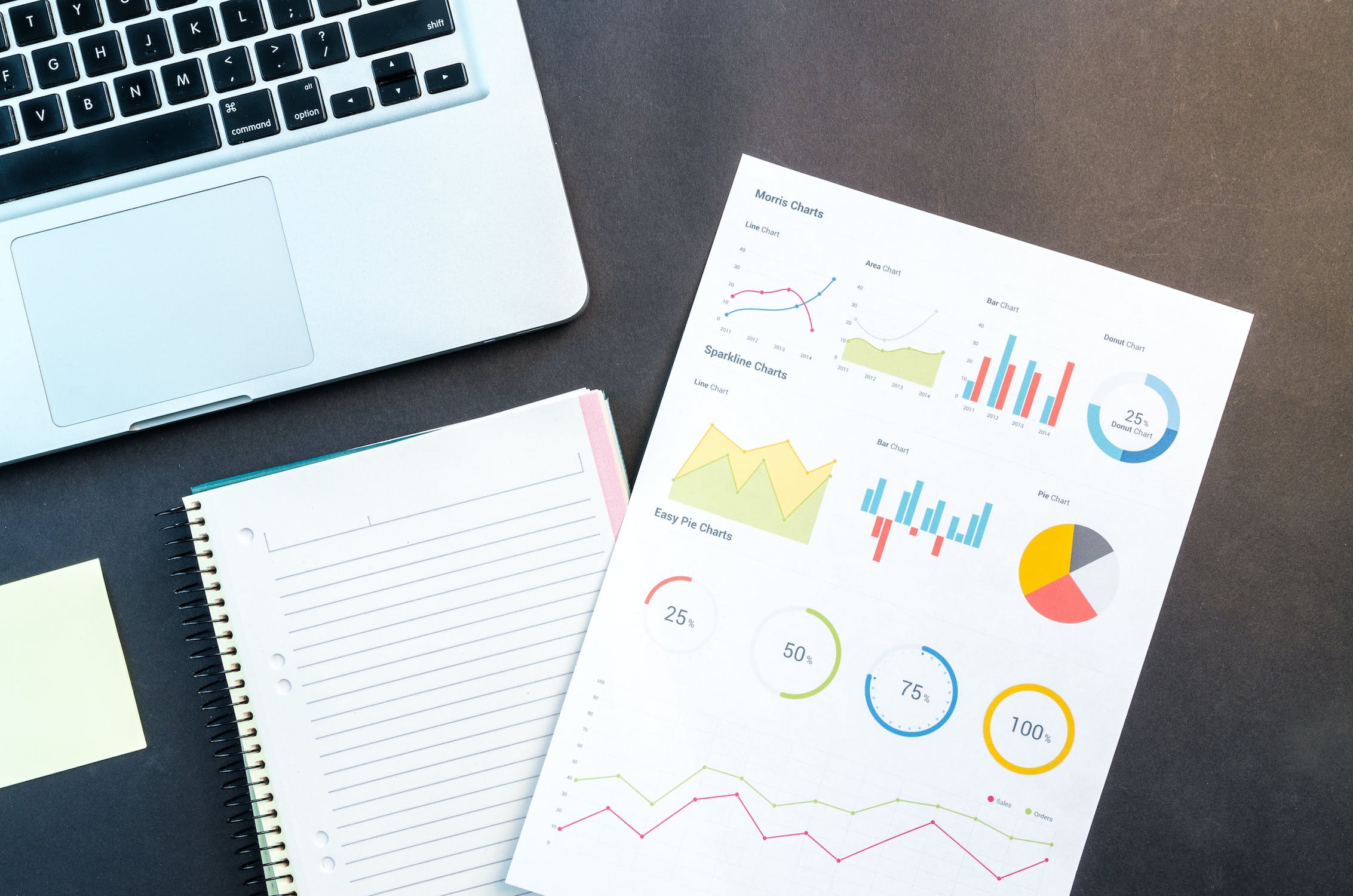The world of marketing has evolved over the years, and businesses have had to adapt to stay relevant. In today's world, the buyer's journey is an essential aspect of any marketing strategy.
The buyer's journey is the process that a potential customer goes through before making a purchase. Understanding this journey is crucial in creating targeted content that resonates with your audience.
In this article, we will explore the different stages of the buyer's journey, the types of content required for each stage, and how to optimize your content for the journey.

Understanding the Buyer's Journey
The buyer's journey consists of three stages, namely the awareness stage, consideration stage, and decision stage.
1. Awareness stage
The awareness stage is the first stage of the buyer's journey. At this stage, the potential customer has realized that they have a problem or need that they want to solve.
They are not yet aware of the possible solutions to their problem.
Therefore, the primary goal of content in this stage is to educate potential customers and raise awareness about their problems.
Characteristics of the awareness stage
The awareness stage can be summarized with the following characteristics:
- The potential customer is unaware of the possible solutions to their problem.
- They are actively searching for information to help them understand their problem.
- They are likely to be in the early stages of the buying process.
Goals of content in this stage
A business or a content marketer usually has the following goals they aim to complete in the awareness stage:
- Educate the potential customer about their problem.
- Raise awareness about the possible solutions to their problem.
- Establish your brand as an authority in your industry.
Types of content for the awareness stage
To complete the aforementioned goals, a content marketer can create the following types of content for the awareness stage:
- Blog posts and articles that address the potential customer's problem.
- Infographics that provide visual representations of the problem.
- Social media posts that highlight the problem and offer a solution.
- Videos that explain the problem and provide solutions.
2. Consideration stage
The consideration stage is the second stage of the buyer's journey.
At this stage, the potential customer has identified the possible solutions to their problem. They are evaluating the different options available to them.
Therefore, the primary goal of content in this stage is to provide in-depth information about your products or services.
Characteristics of the consideration stage
The consideration stage can be summarized with the following characteristics:
- The potential customer has identified the possible solutions to their problem.
- They are evaluating the different options available to them.
- They are likely to be in the middle stages of the buying process.
Goals of content in this stage
A business or a content marketer usually has the following goals they aim to complete in the consideration stage of the buyer’s journey:
- Provide in-depth information about your products or services.
- Highlight your unique value propositions and benefits.
- Build trust and credibility with the potential customer.
Types of content for the consideration stage
To complete the aforementioned goals, a content marketer can create the following types of content for the consideration stage:
- Whitepapers that provide detailed information about your products or services.
- Webinars that allow potential customers to ask questions and get answers in real time.
- Comparison charts that highlight the differences between your products or services and those of your competitors.
- Case studies and testimonials that showcase how your products or services have helped other customers.
3. Decision stage
The decision stage is the final stage of the buyer's journey.
At this stage, the potential customer has evaluated all their options and is ready to make a purchase decision.
Therefore, the primary goal of content in this stage is to focus on conversion-oriented content that drives action from the potential customer.
Characteristics of the decision stage
The decision stage can be summarized with the following characteristics:
- The potential customer has evaluated all their options and is ready to make a purchase decision.
- They are likely to be in the later stages of the buying process.
- If they are given the right information, they are likely to complete the transaction and make a purchase that could potentially solve their problem.
- Sometimes, the right information may not be enough. Instead, a buyer may have identified the purchase they want to make but is instead waiting for the right offer or sales discount.
Goals of content in this stage
A business or a content marketer usually has the following goals they aim to complete in the decision stage of the buyer’s journey:
- Drive action from the potential customer, such as making a purchase or scheduling a consultation.
- Create urgency by highlighting limited-time offers or deals.
- Address any objections or concerns that may be preventing the potential customer from making a purchase decision.
Types of content for the decision stage
To complete the aforementioned goals, a content marketer can create the following types of content for the decision stage:
- Free trials or demos that allow potential customers to test your product or service before committing to a purchase.
- Consultations with sales representatives who can answer any remaining questions and provide personalized recommendations.
- Popup forms, landing pages, or ads with sales and discount offers.
- Limited-time offers, or discounts create urgency for potential customers to make a purchase decision.
Conclusion
In conclusion, creating targeted content at each stage of the buyer's journey is essential in driving conversions and building brand awareness. By understanding what types of content are required for each stage, businesses can optimize their marketing strategies and better reach their target audience.
Additionally, it's important to remember that the buyer's journey is not always linear. Potential customers may jump back and forth between stages or even skip some altogether. This is why having a diverse range of content that caters to different stages can be beneficial in capturing their attention and guiding them toward conversion.
To create effective content for each phase of the buyer's journey, businesses should start by conducting thorough research on their target audience. This includes understanding their pain points, motivations, and preferences when it comes to consuming content. From there, businesses can tailor their content strategy to meet the needs of potential customers at each stage.
By providing valuable information and solutions through targeted content, businesses can establish themselves as trusted authorities in their industry and build lasting relationships with customers.
Ultimately, this approach can lead to increased conversions, higher customer retention rates, and greater long-term success for businesses.
